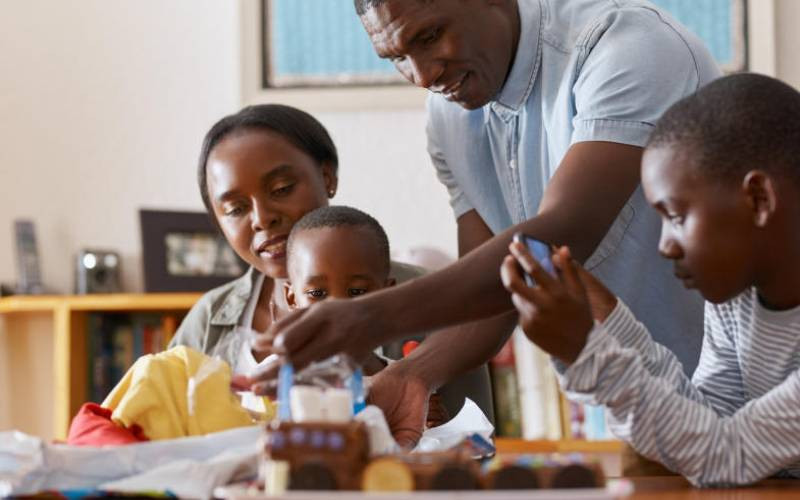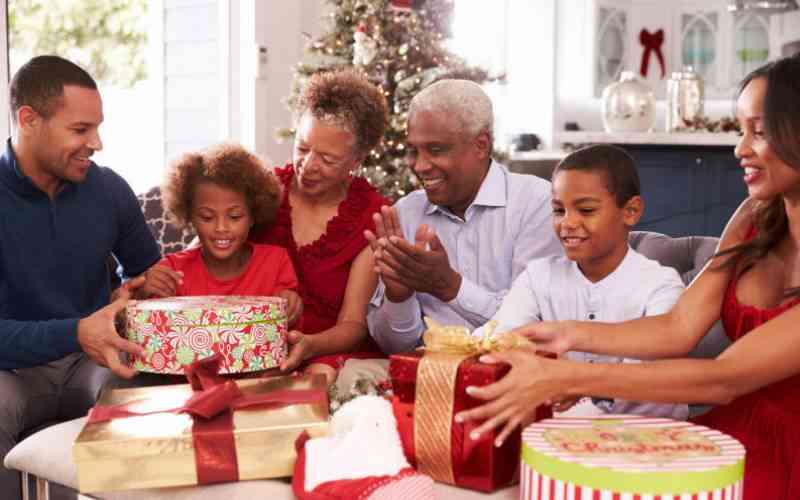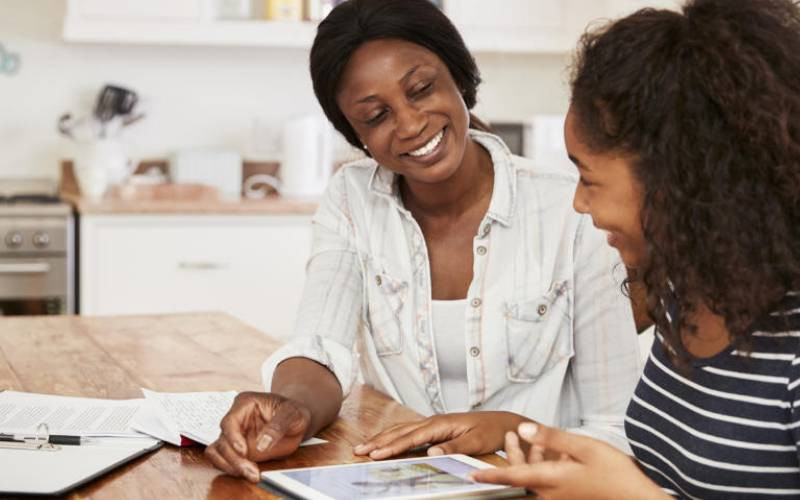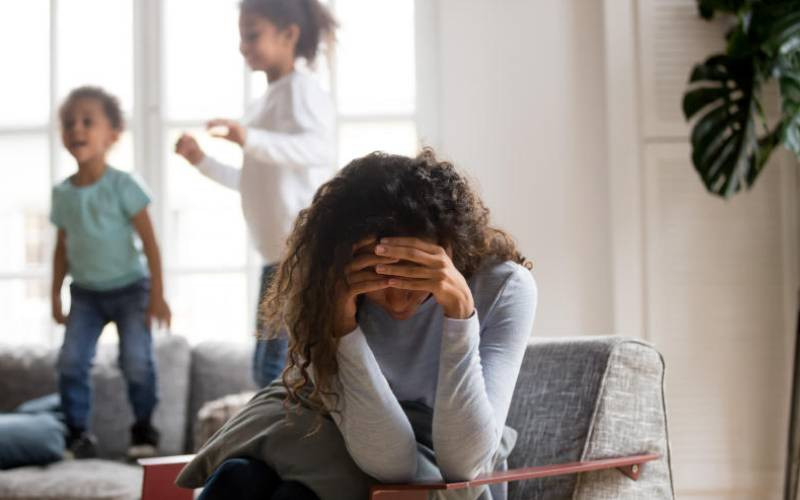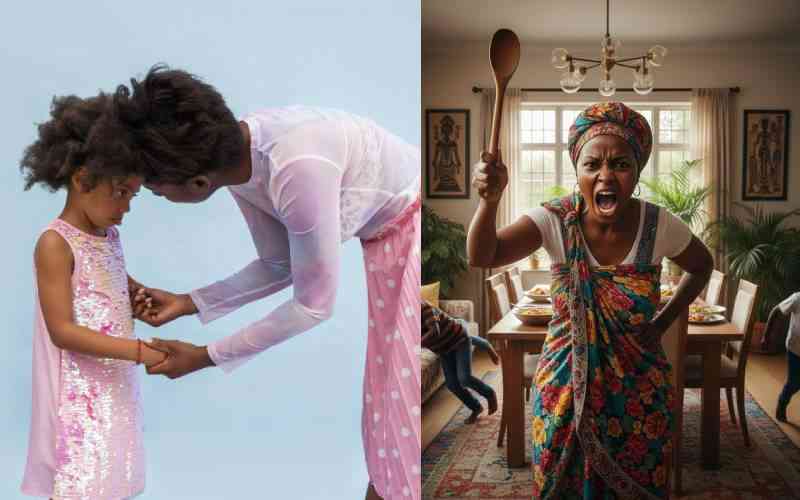
It takes a lot of courage to start potty training-but if you keep your cool and wait until the time is right, it will all be over before you know it.
For a toddler, learning to use the loo or potty is a major step towards adulthood. But the whole thing is a daunting prospect for parents. How long will it take before soggy bottoms are behind you? Should you start now or wait until next year? Is a potty best or should you go straight for the loo?
Attitudes to potty training have altered drastically over the years, but children’s bottoms don’t change that much. A few ground rules and a lot of patience will help you through. The rest depends on what suits you and your child.
But make sure she’s ready before plunging into training too much pressure too soon, will almost certainly be counterproductive.
What is the right time?
Potty training can only take place with your child’s full cooperation and understanding. Some toddlers will be ready for this at 18 months old, while others may be far too busy learning other things and may not reveal any interest in the process until they’re three or older.
Successful potty training is not linked to intelligence-it’s more a matter of learning muscle control. But verbal ability is important-being able to talk about what you’re training to do helps get the message across and speeds up the process. Slow talkers are often slower to be toilet trained.
The following signs may indicate your toddler is ready to go in training.
*She’s able to stay dry for several hours.
*She’s aware she’s about to poo or wee
*She understands simple instructions, such as “pick up the ball” or “show me your teddy.”
An important tip is not to start training when her life is already in a state of upheaval, such as when there’s a new baby in the house. Too much change will only unsettle her and might set back her training.
How long will it take?
Most baby books suggest you set aside two weeks for potty training-and this is about right for the child who is ready. But relapses and accidents can occur for up to a year afterwards. The amount of time you devote to potty training depends entirely on your child.
If she’s happy to sit there for hours waiting for a result, so be it. If she’ll only spend about five minutes sitting on her potty each day, at least it’s a start. Don’t devote any more time to it than your child wants to, or she’ll lose interest.
Potty or loo?
Take your cue from your child on this matter. She may believe that a dragon lurks in the toilet and refuse to go near it, or she may fall in love with her potty and want to take it to bed.
The potty is a useful place to start, because your child can’t fall into it and it’s portable. But if she prefers the loo, you’re a step closer to ultimate goal.
Equipment
Potty
Choose one your child is happy with, whether it looks like a sports car, plays a tune or is simply potty-shaped. A lid will help to contain the smells (although most people empty potties after every use anyway) and keeps the contents intact while you carry it to be emptied.
Trainer set
A trainer set will stop your child from falling in the toilet-a frightening experience that might make her steer clear of it afterwards.
Steps
These help stabilize her legs when sitting on the loo, and they also allow small boys to reach the bowl when standing. A footstool or upturned washing bowl will do just as well.
Trainer pants
A halfway-house for the faint-hearted, these avoid the need for reverting to nappies when out and about. But they are so thickly padded that some children treat them as nappies, which defeats the purpose.
Waterproof sheets
Plastic under-sheets are essential for night training, avoiding the nightmare of damp, smelly mattresses.
 The Standard Group Plc is a multi-media organization with investments in media
platforms spanning newspaper print
operations, television, radio broadcasting, digital and online services. The
Standard Group is recognized as a
leading multi-media house in Kenya with a key influence in matters of national
and international interest.
The Standard Group Plc is a multi-media organization with investments in media
platforms spanning newspaper print
operations, television, radio broadcasting, digital and online services. The
Standard Group is recognized as a
leading multi-media house in Kenya with a key influence in matters of national
and international interest.

